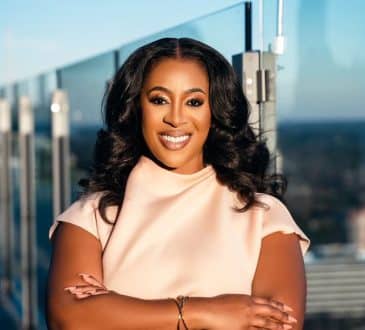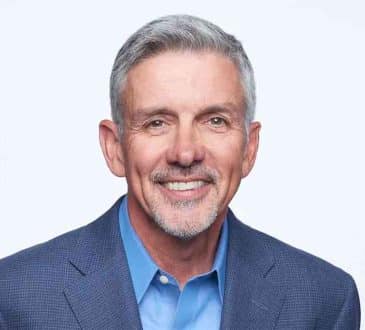Maintaining Culture in a Workplace COVID Comeback

As the rate of COVID19 infections begins to flatten, states are considering how they will lift restrictions in order to restart society and business. Some states including Georgia, Tennessee and South Carolina are moving forward with opening retail businesses with social distancing restrictions. Others like California and New York say reopening is weeks, if not months, away.
According to a recent poll from Gallup, most Americans (71%) said they would wait and see what happens with the spread of the virus before resuming normal activities. Another 10% would wait indefinitely. A smaller but significant 20% say they would return to their normal activities immediately. The urge to reopen the economy is at conflict with moving too fast or too slow.
Like the spread of COVID19, ideas and practices, both harmful and helpful, can also spread through an organization. Antidotes or toxins can pass from person-to-person without them knowing. It can also circulate throughout organizational communication networks with positive or negative effects.
CEOs should consider corporate culture when determining how to bring employees back into the workplace. While most CEOs report a desire to open as quickly as possible, they must do so with a natural concern for safety including appropriate social distancing, sanitizing and personal protection. Employees want to believe that senior executives have their well-being at heart and will be watching for signs of this. I believe, equal to these mechanics of opening, CEOs should also consider how brain science and management practices can encourage a winning workforce culture that will sustain the company in the near and long term.
Here are four areas that can help CEOs create a comeback plan for near- and long-term success:
Engagement. Work engagement is a positive, affective-motivational state of high energy combined with high levels of dedication and a strong focus on work. Companies with winning organizational cultures have 72% higher employee engagement ratings than organizations with weak cultures (and not incidentally, they also have a 22% greater profitability). As employees reintegrate into the workplace, CEOs must focus on how employees physically, cognitively, mentally and emotionally reengage in work. A thoughtful work engagement approach can reduce tension and create a sense of unity among staff.
Positivity. CEOs should not only encourage but project well-being, creativity, and satisfaction. When leaders optimize their skill at promoting and managing positivity at work, they increase the probability of increasing performance. Research suggests there are specific areas for promoting and managing positivity including appreciation, forgiveness, positive energizing, savoring and communicating “personal best stories.” Of the ones mentioned, appreciation is the most powerful predictor of positive attitudes. A comeback plan should consider positivity as a driving force for emerging from the COVID environment and returning to work.
Intensity. Work intensity is an employees’ capacity for a type of work. In the current COVID environment many employees are feeling strain because work has become more intense while structures guiding how they do their jobs have collapsed. According to research from Harvard and McMaster’s school of business, 43% of professionals manage the pressure to be fully devoted to work by simply giving in and conforming. Intensity is important but directives need to focus on what’s needed to produce results, not effort. Comeback plans should acknowledge intensity and nonwork time, for example, observing posted work hours and requiring vacations. Worried about company performance, CEOs and other managers can sacrifice employee wellbeing and create unnecessary burn-out. Burn out increases medical benefit costs and diminishes creativity and productivity overtime, favoring the short term verses the long term.
Alignment. CEOs must encourage a focus on the company’s overarching goals. However, CEOs can also align personal worker goals with company vision. Alignment can aid the CEO and employee in goal tracking, transparency, and productivity. The net result is shown as employees see their contributions at work and the company sees productive workstreams. Comeback plans should align employee goals, strategies and tasks with clear communications about why it is important.
A final point: stress can reveal mental health challenges that transcend work. More than 40 million U.S. adults — almost one in five — experience anxiety so intensely that it interferes with their ability to function. Imagine when those adults and others who experience similar anxiety return to work after a prolonged period working in a remote location. Employers, working with healthcare providers, can help employees create a personal wellness plan. Most health insurance policies have access to therapy by phone or video. Teletherapy has the additional benefit of availability in rural areas and removes concerns about anonymity or problems getting childcare or transportation to go to a session.
The fact is, staying at home does not kill COVID19. Social distancing will not outlast the virus. The wheels of the economy need to turn. Businesses need to start creating profit. Workers need to collect paychecks. Local, state and national governments need the tax roll in order to provide services. Transitioning back to work will not necessarily mean a normal routine. However, a winning work culture will ensure a safer return to normal activities at work and in life.
Written by Dr. Miriam Lacey. Here’s what you’ve missed?
World’s Best Countries For Cultural Influence.
World’s Best Countries For Entrepreneurship.
World’s Trendiest Countries.
World’s Best Countries For Investment In E-commerce And Digital Sector.
Add CEOWORLD magazine to your Google News feed.
Follow CEOWORLD magazine headlines on: Google News, LinkedIn, Twitter, and Facebook.
This report/news/ranking/statistics has been prepared only for general guidance on matters of interest and does not constitute professional advice. You should not act upon the information contained in this publication without obtaining specific professional advice. No representation or warranty (express or implied) is given as to the accuracy or completeness of the information contained in this publication, and, to the extent permitted by law, CEOWORLD magazine does not accept or assume any liability, responsibility or duty of care for any consequences of you or anyone else acting, or refraining to act, in reliance on the information contained in this publication or for any decision based on it.
Copyright 2024 The CEOWORLD magazine. All rights reserved. This material (and any extract from it) must not be copied, redistributed or placed on any website, without CEOWORLD magazine' prior written consent. For media queries, please contact: info@ceoworld.biz
SUBSCRIBE NEWSLETTER








